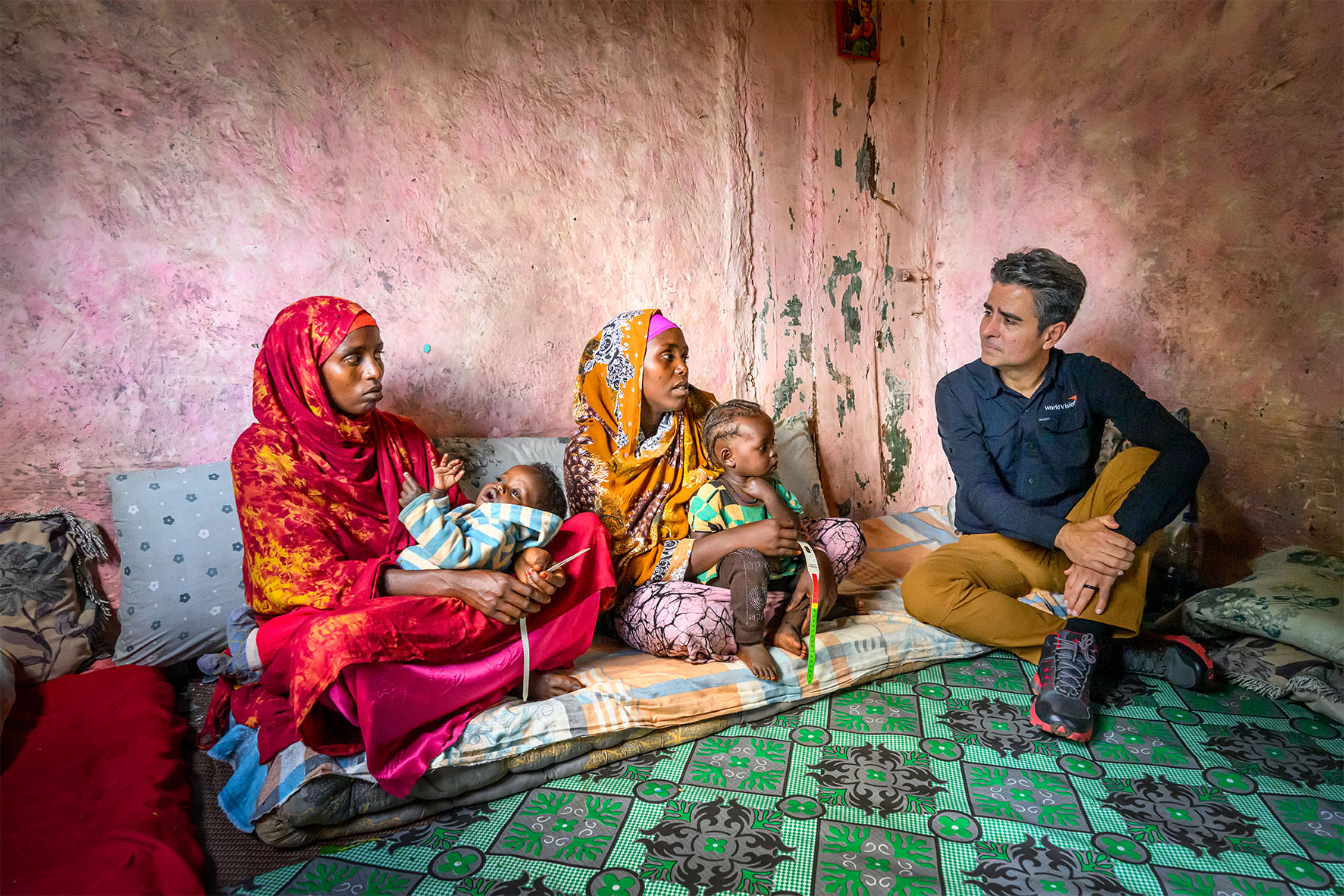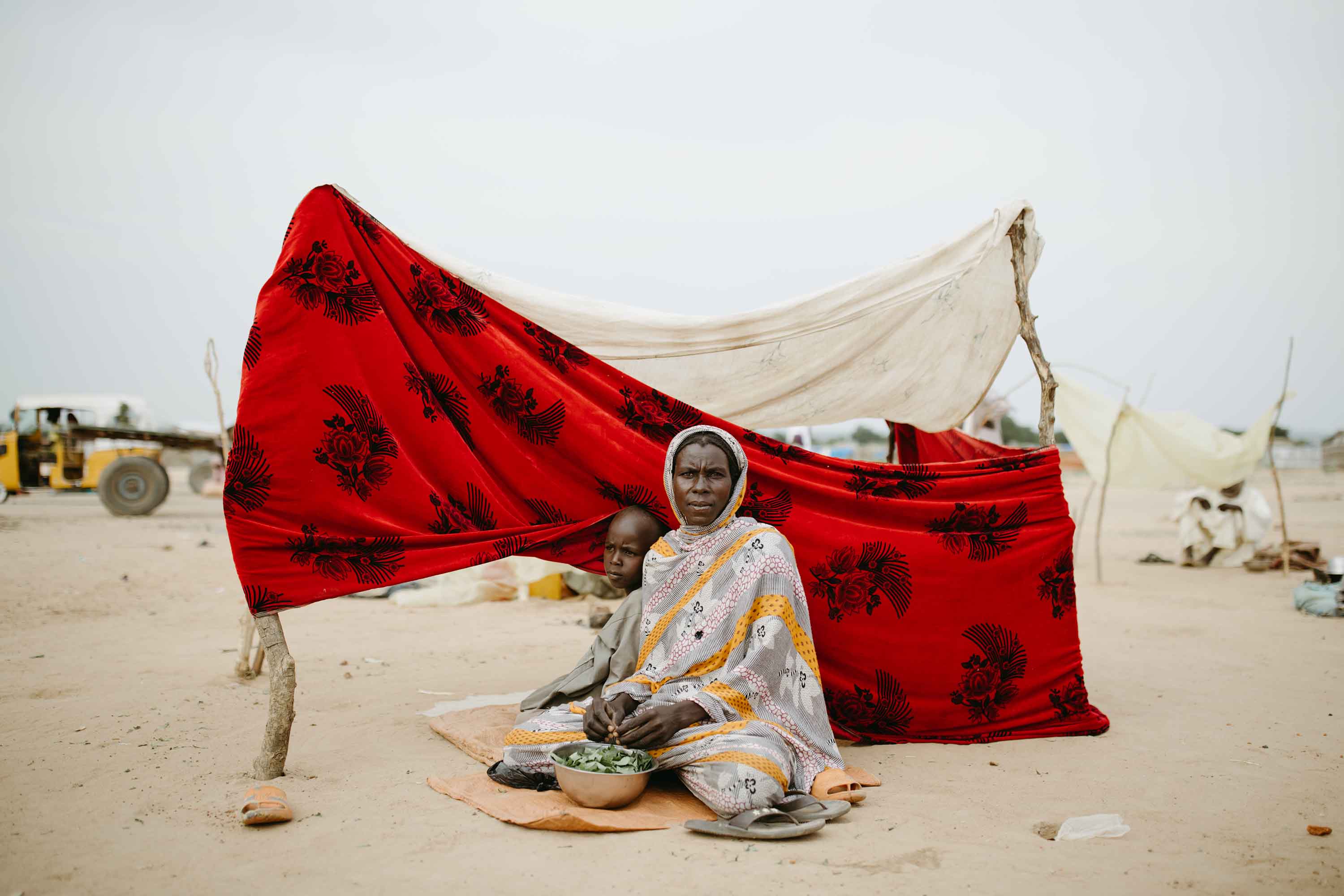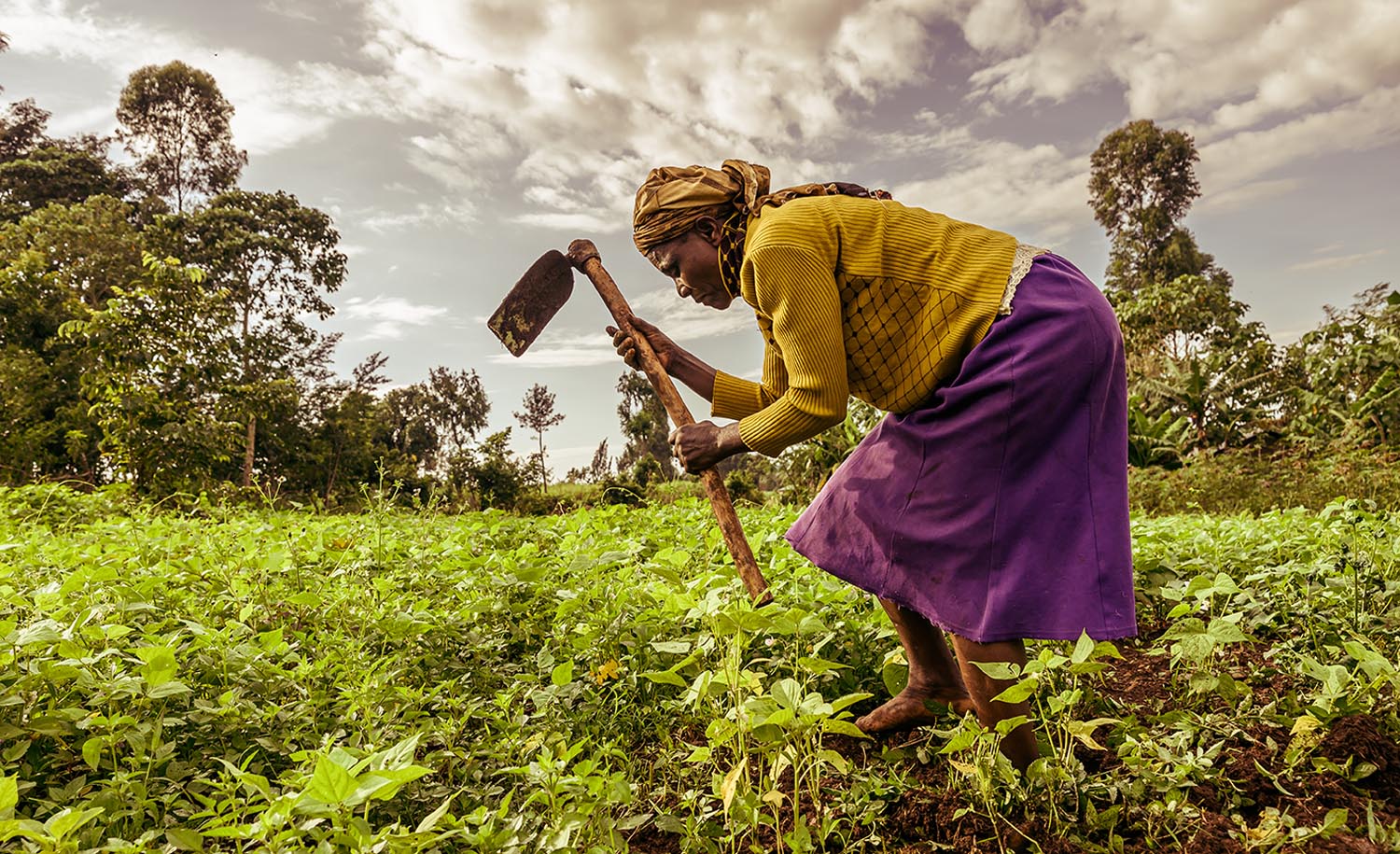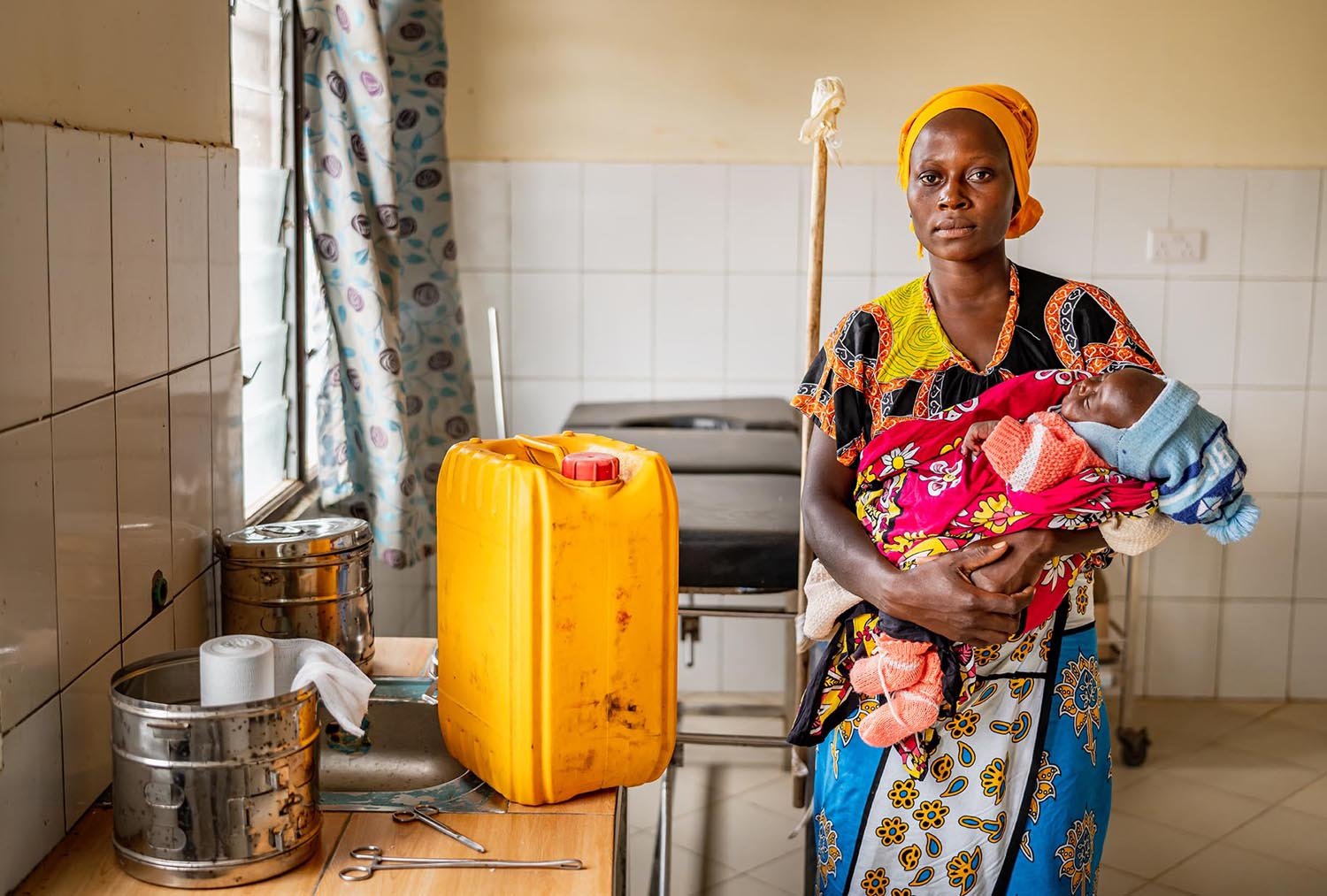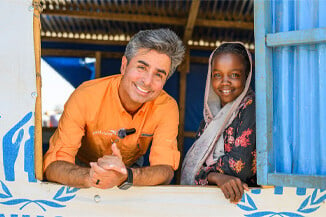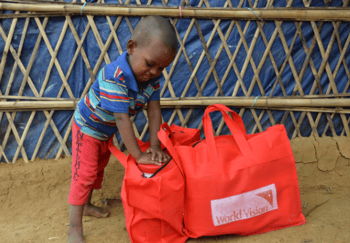 |
World Humanitarian Day, celebrated every year on Aug. 19, is a global celebration of people helping people. Elsie Gomes, a longtime World Vision Bangladesh staff member, deployed earlier this year to Cox’s Bazar in southeast Bangladesh to help with the Myanmar refugee crisis response. Here is her perspective on her time working with refugees in the camps.
An aid worker’s diary
When they asked me, “Would you be deployed for the refugee response?” I said “yes,” within seconds. But as I made my way to Cox’s Bazar, nothing could prepare me for what I was about to see — a family of six living under a dainty plastic sheet in a space as small as a toilet stall.
The magnitude of the crisis became more and more evident as I traveled to World Vision’s relief distribution center, where a supplementary food package distribution was about to take place.
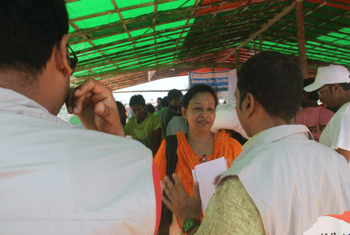 |
| Elsie Gomes, a longtime World Vision Bangladesh staff member, talks with refugees in a camp in Cox’s Bazar, Bangladesh. Elsie was deployed to southeast Bangladesh to help with the Myanmar refugee crisis response in early 2018. |
World Vision began its emergency response here last fall, as thousands of refugees poured over the border from Myanmar fleeing violence. Now, more than 720,000 people have settled in southeast Bangladesh and need immediate food, water, shelter, and medical assistance. World Vision has served more than 178,000 refugees in Bangladesh since the crisis began in September 2017. And we aim to help about 250,000 refugees and hosts through 2018 with food, food vouchers, income-generating activities, clean water, sanitation facilities, healthcare, and Child-friendly Spaces.
The refugees trickled into the distribution center one by one to pick up relief supplies. Listening to the instructions, they formed a long human chain.
Mothers, many still mourning the loss of their husbands, brought their children with them. Noticing me standing on the side, out of curiosity, the children would sheepishly glance at me.
It was like watching the reflection of my own children in their faces; their innocence radiated brightly.
Initially reluctant to connect, the children warmed up to me after seeing me around the camp for an extended period. With the children reeled in, the mothers joined, creating an atmosphere for conversations.
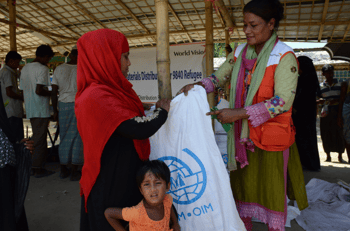 |
| Shahin Ara Chowdhury, distribution manager with World Vision’s Bangladesh Refugee Crisis Response Program (left), speaks with refugee mother Nahar, 21, and her 4-year-old daughter, Nunseheva, as they receive building materials from World Vision to reinforce the family’s make-shift shelter against the coming monsoons. |
I met one woman who had crossed the border into Bangladesh two days ago; she lost her husband in the violence. Other women struggled to find privacy to bathe. One by one they shared their painful ordeal.
Wrestling with my emotions, I continued to listen to their testimonies: defecating in the open with no privacy and struggling with feeling a lack of safety. Women poured out their hearts to me.
Knowing these families settled in cramped sheds, on a hill, with no trees to hold the soil together
evokes a concern within me about the rain triggering a landslide. What then?
In the midst of all the challenges, I witnessed a distribution being rolled out and observed all the aid organizations working together to provide for the immediate needs of the refugees. This brought me a sense of hope.
I left the camps and returned home with a better understanding of the needs and how we and other organizations are working to meet these needs.
But there is so much more to be done.
Taking risks to save lives
World Humanitarian Day pays tribute to aid workers who risk their lives in humanitarian service and rally support for people affected by crises around the world. Through our Emergency Relief Signature Initiative, World Vision commits to reach at least 3 million people affected by humanitarian crises with life-saving assistance and restorative support as part of our global disaster response efforts.
This initiative covers our work in fragile contexts, like Myanmar and Bangladesh, where an increasing amount of the world’s most vulnerable children live.
Today, 1.5 billion people live in fragile contexts. These are hard places where conflict, human rights abuses, ethnic and religious strife, and extreme poverty are concentrated. Children and families who live in fragile contexts can’t count on local or national institutions like schools, health systems, markets, or courts to function reliably or justly.
Improving the lives and prospects of people in these difficult situations is one key to meeting the global Sustainable Development Goals, especially that of eliminating extreme poverty by 2030 and leaving no one behind.
Resilience means hope
At the opposite end of the spectrum from fragility is resilience, the ability to withstand or adapt to shocks and stresses like drought, crop failure, and conflict. A community’s resilience is what World Vision is driving toward as we engage anywhere.
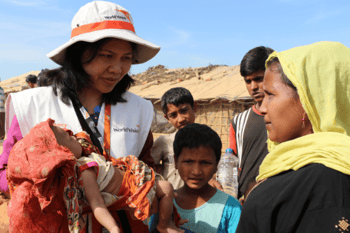 |
| World Vision Bangladesh Regional Field Director Buli Hagidok, left, holds a baby as she talks with a refugee family in a camp in Bangladesh. The camp, home to 886,000 refugees, is the largest, most densely populated in the world. (©2017 World Vision/photo by Shabir Hussein) |
This means not only addressing poverty through economic empowerment programming but helping families and communities shore up every form of available social capital so they can bounce back from recurring crises such as severe weather or a disease outbreak that could wipe out their financial independence. The work World Vision’s relief and development workers do in situations like the Myanmar refugee crisis helps make resilience a reality for many of the families we work with.
Extreme poverty persists under extreme conditions in the world’s most difficult places. These are the places we are called to work as we seek to assist people in building resilience at every level of society. On World Humanitarian Day, we celebrate World Vision’s commitment to working for the well-being of the world’s most vulnerable children, especially in fragile contexts.
Please join us in prayer for all the humanitarian workers throughout the world and for the women, men and children they tirelessly serve.



